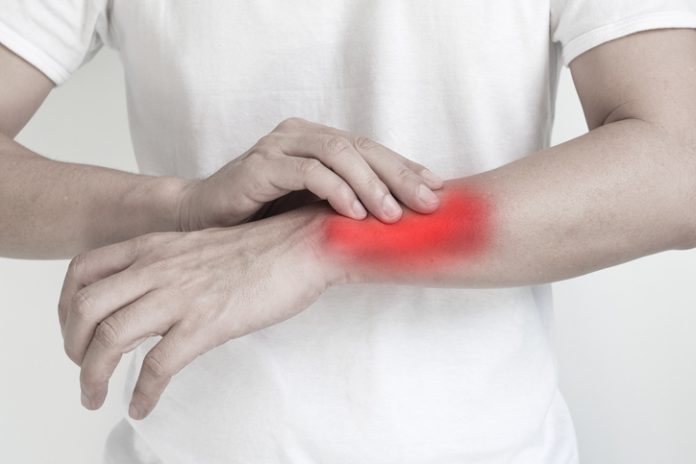Complex Regional Pain Syndrome (CRPS) is a chronic and debilitating pain disorder, typically considered lifelong with limited treatment options. Now, groundbreaking research finds that early detection and effective treatment can lead to significant recovery within 18 months, offering hope to millions of people worldwide.
Led by NeuRA’s Centre for Pain IMPACT and conducted in partnership with the University of South Australia, the findings could deliver life-changing outcomes for people with CRPS, with up to 80% of patients recovering within the first 18 months of being diagnosed with the disorder.
CRPS is a multi-system disorder triggered by trauma such as surgery or fracture. It manifests with severe pain localised to a single limb, but often persists beyond typical recovery periods. Sufferers can experience issues with sweating, temperature regulation, and mobility. Women are disproportionately affected, with up to four times as many diagnosed with the condition as men.
The new study reviewed the latest advances in CRPS epidemiology, pathophysiology, diagnosis, and treatment. It found that the best approach to treatment includes education about CRPS, medicines to control pain, physical rehabilitation, and psychological support, if needed.
Lead researcher, NeuRA’s Michael Ferraro says this is a paradigm shift for understanding CRPS.
“Complex regional pain syndrome is a rare pain disorder. It’s characterised by intense pain and changes in muscle, sensation, skin, bone, and nerves, and often severely limits a person’s ability to work or engage in social activities,” Ferraro says.
“Because the disorder is so rare, there is little evidence to inform effective treatment.
“In this research we challenge the prevailing notion that CRPS is a lifelong burden.
“By reviewing and consolidating the latest developments in understanding CRPS, we’ve found that unlike previous theories, recovery is likely for most people with CRPS, and may be more likely with early diagnosis and a comprehensive treatment approach to match the multi-system nature of the disorder.
“By combining education on the condition, pain medication, rehabilitation and psychology, we can tackle CRPS from all angles, giving patients the best chance of recovery within the first 12-18 months of symptoms.”









